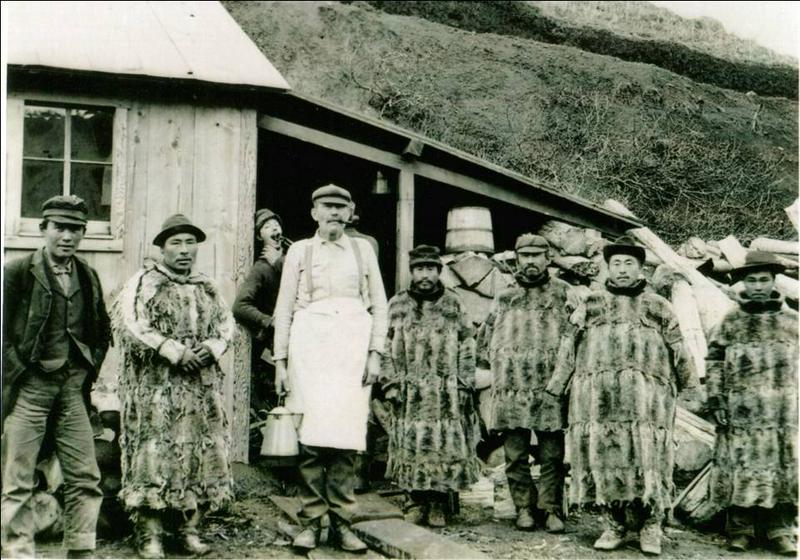Vintage Photos Of Alaskan Settlers
By | February 19, 2017

When you think of Alaska, Russia may not be the first thing that comes to mind. Thousands of years ago, Paleolithic people moved into Alaska from the Bering Land Bridge, and continued downward to populate the Americas. Those who stayed in Alaska were divided into several groups: the Coastal Native Americans, the Athabascans, the Aleut, and the Eskimos. They adapted to Alaskan temperatures and developed masterful skills in hunting, fishing, and (for some) seafaring. It was only in 1741 that Alaska was first sighted by the Russian explorer, Vitus Bering. This discovery triggered a series of events that led to Alaska’s Russian settlement and eventual US statehood.
Believe it or not, by the 18th century, Siberia was running low on the animal resources which provided valuable fur. The discovery of Alaska (formerly known as Russian America) came at an opportune time, and fur traders particularly liked the quality of the sea-otter fur on the new land. The Shelikhov-Golikov Company grabbed the opportunity to profit from the fur-trade. For a time, the Russians traded fur with the native people. However, in 1784, the Russians established settlements at Three Saints Bay on Kodiak Island. By 1793 a request to Russia was approved for 20 craftsmen and 10 families of farmers to move to Russian America. These settlers were “owned” by the company while it existed. Although the Russians moved in, the Aleuts still hunted the marine life for the Russians, which led to their eventual mistreatment and enslavement.
Life in Russian America was much different to what the Russian settlers were used to. At a time when Russia had established cities and elaborate buildings, the first Russian settlers in Alaska were sheltered in mud-walled huts. On Kodiak Island, officials were provided with individual log cabins, while barracks were built for workers. These dwellings were heated with brick ovens, and the windows were covered with pieces of seal gut, mica, and talc. Store houses and bath houses were also built and water was retrieved from nearby streams or local wells.
Russian settlers had to adjust to a new climate, food, and hard work, much to their discontentment. A large part of the Russian diet was bread, however this was not available in Russian America because the climate was not conducive to growing the grain needed to make flour. The grain or flour had to be imported from either Russia or California. However, this was still insufficient and at one point, only one pound of bread was available every day to feed 200 people. The Russian settlers also lacked the necessary hunting skills to get the food they wanted. As a result, their main diet was fish, which they ate salted for 4 months, and fresh for the remaining 8 months. Salmon, cod, and halibut were the most common fish, although they caught and ate whatever fish was available. By 1795, the Russian settlers were already fed-up and they started to rebel. They secretly bartered furs for weapons with the natives, refused to work for the company, and even threatened an uprising. In an effort to keep the peace, the settlers were encouraged to marry the natives, once they were baptised in the Russian Orthodox Church.
By 1799, the fur trading company was established as a monopoly and was called the Russian-American Company. With the sea-otter population depleted, the Alaskan natives – who now depended on the fur trade for their livelihood – had to venture out into more dangerous conditions to retrieve the animals for fur. In 1804, the Battle of Sitka ensued and the Native Alaskans were all but wiped out. By the 1860’s Alaska was no longer valuable to Russia, so it was sold to the United States for $7 million in 1867.


